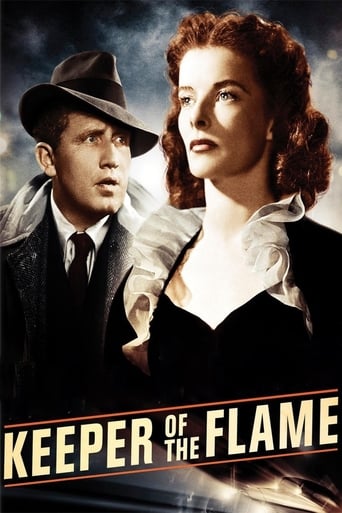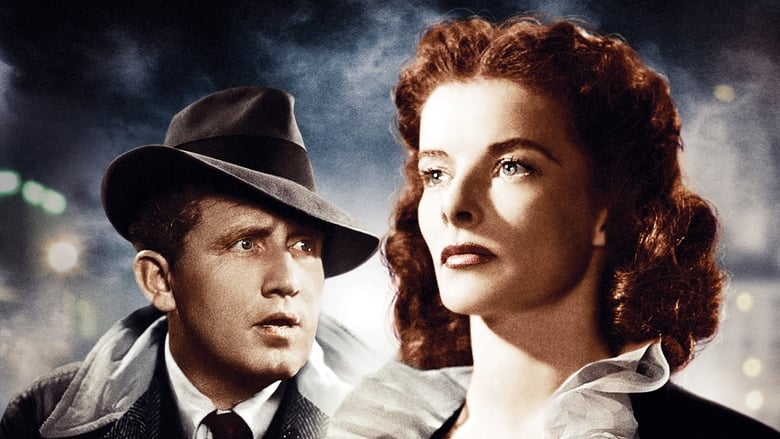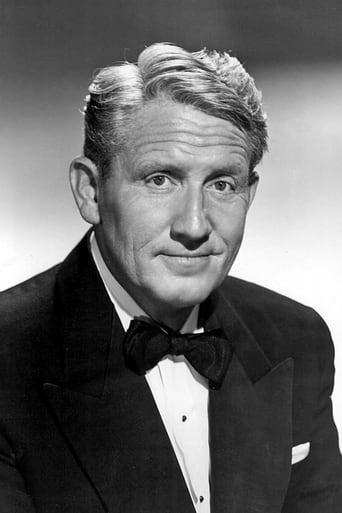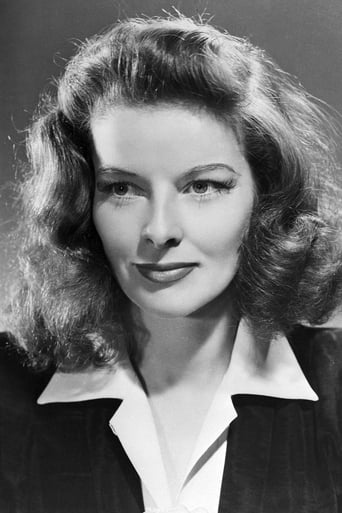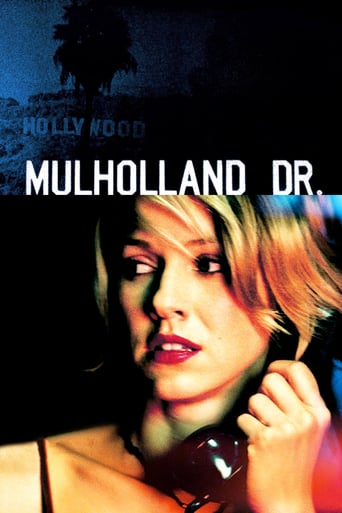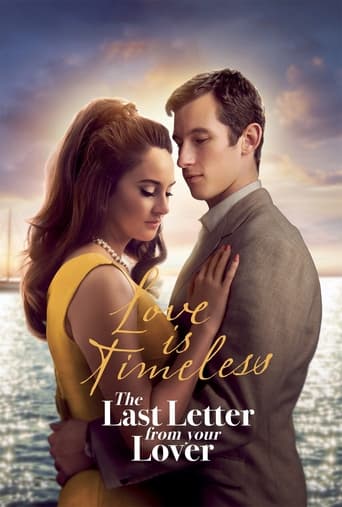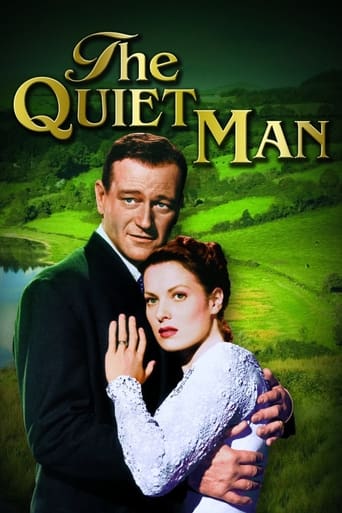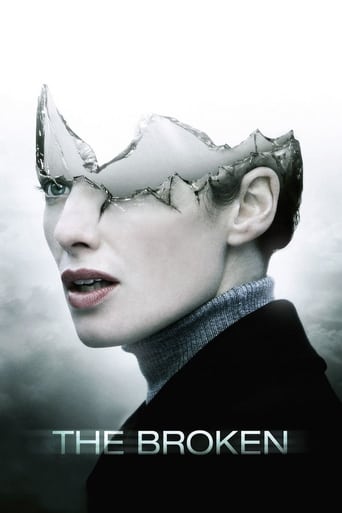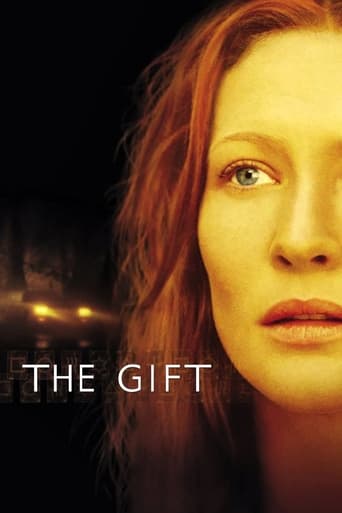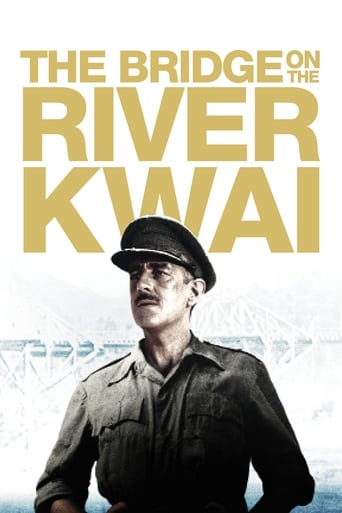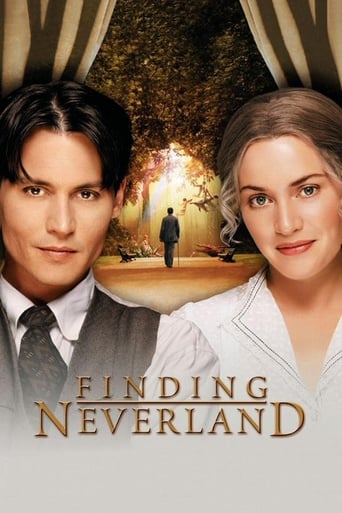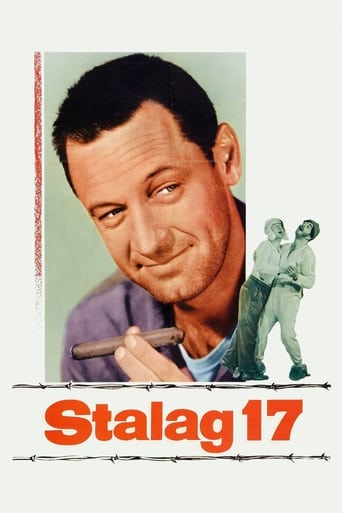Keeper of the Flame (1943)
Famed reporter Stephen O'Malley travels to a small town to investigate the death of a national hero.
Watch Trailer
Cast


Similar titles
Reviews
This is a very controversial film since there are so many different aspects to it. It's both a political drama, a mystery thriller, a journalist's predicament of handling the truth, a great American tragedy and an interesting debunking of fascism. It is made in the most critical year of the war, it is definitely an ideological argument and taking a stand in the war although that is hardly mentioned and there are no political references, but it manages to delve into the darkness of manipulated politics to pinpoint the heart of the matter. What happened to Robert Forrest to make him change from an idealist and paragon for all democratic America into the opposite? What made Saruman change from a white magician into a black? That is the real issue here, and there is no answer.The only one providing an answer is the mother, who blames the fall of Robert Forrest on his wife, he should never have married, and she is the first one to mention the word 'murder', but Spencer Tracy has to discard her as insane. However, no other explanation is offered anywhere in the film.Spencer Tracy seeks out Katharine Hepburn, the widow of Robert Forrest, to write the story of his life and make it the eulogy of a hero. The widow readily accepts him and will cooperate fully, since she has no objection to the maintenance of her husband's glory and legend. But the journalist is not satisfied and realizes something is deliberately concealed from him. That's why he spites the widow to visit the mother on his own, and that's where the drama of the film starts. The more you dig for the truth, the worse it stinks, they say, and although you ultimately find the truth here, the film does not tell the whole story. The journalist tells the story for sure, but the key to the issue is never revealed or explained: how did it happen that such a glorious hero turned from idealism to opportunistic power madness? What made him change his mind and bring about his own fall? Was it only pride, vanity and egoism? Someone tries to hint at that for an explanation, that he lost God for egoism, but he was a clever and intelligent man, and it is never explained how he could get caught in such a trap.A critic says the portrait and case of Robert Forrest was modelled on Charles Lindbergh, but that is very far-fetched, and there are only vague parallels - Lindbergh never had political ambitions, although he clearly sympathized with fascism and racism. Racism is not mentioned here, fascism only perfunctorily, while the problems here are entirely human.I saw this film some 12 years ago and was impressed, I greatly looked forward to seeing it again for a closer look and found it an entirely different film. That tells something of its complexities.
Spoiler Alert. After hearing about this film for years, I finally watched it tonight on TCM. For the comments about it having been an echo of "Citizen Kane" and a reference to William Randolph Hearst, it seems to me that the "great man" is based on Charles Lindbergh. After all, Lindbergh was the most admired public figure in the U.S. after the 1927 trans-Atlantic flight and then following the kidnapping and murder of he and Ann Morrow Lindbergh's son in 1935. But the kicker was Lindbergh's involvement, nay his leadership of the America First movement that cinches for me that Mr. Forrest's "great man" -- who is shown to have secretly been behind a conspiracy in the guise of a patriotic movement -- is meant to refer to Lindbergh.
"Keeper of the Flame" is the most fascinating, and least appreciated of the Hepburn-Tracy pairings. To fully understand it, a viewer must look at when it was made. Though not a war movie, it's one of Hollywood's earliest World War II propaganda films, portraying American attitudes just before Pearl Harbor. It begins with businessman-statesman-hero, Robert Forrest, dying in a suspicious car crash in September, 1941. Forrest's heroics came in World War I. His unit saw heavy action in the Argonne, and Forrest saved many lives, including that of his commanding officer. We aren't told what he did after the war, but from the comments about him we can assume that his good deeds continued. He founded a nationwide club dedicated to patriotism. His followers idolize him. Tracy plays a reporter just returned from Germany, to an America still fighting internal battles between isolationists and interventionists. O'Malley is an interventionist and loyal Forrest follower. Forrest's story is ending in 1941, but the movie was made the following year, a watershed. The isolationist-interventionist battles raged right up to the morning of Pearl Harbor. FDR-led interventionists fought the heroic Charles Lindbergh and the isolationists. Was Lindbergh Forrest's model? If so, he was no more than a point of departure. Forrest heroics came in battle, not in the sky. This son of servants went on to make a huge fortune and employ a full staff of servants on his vast estate. Unlike Forrest, Lindbergh was born into the upper middle class. His congressman-father wasn't rich, but the family had servants, and Lindbergh did a short stint in college. Too young for World War I, his only politics were aviation until the worldwide drift toward war in the late '30s. He married a woman about his own age, and began a family. He didn't like fame, and was suspicious of reporters. During the media blitz following his son's kidnapping his suspicions evolved into outright hostility. Nothing we know of Forrest corresponds with any of this. Lindbergh looks to be a model in only two general ways: isolationism and past heroics. The 1942 watershed affected all American heroes. Nations always love their heroes, but in the years between the wars, America practiced hero-worship almost as a national pastime. This era of gangsters and corruption also had Sergeant York, Babe Ruth, Elliott Ness and J. Edgar Hoover. Women idolized Amelia Earhart and Eleanor Roosevelt. Even our presidents had to be heroes. Hoover was elected because he'd fed millions of starving children in World War I. When the Depression tarnished him, Americans looked to FDR who'd heroically fought polio.This was the world Robert Forrest occupied. It was about to change. World War II altered our ideas about heroes. We built a working man's army filled with depression-bred young people who hated the idea of battle, but were happy to have jobs. On land and sea they did what they must, taking each island and milepost as chores that had to be done. Men fought, killed, and died, the milepost was reached, the island fell, and it was on the next chore. Our heroes became dirty men who were likely to get dirtier. Their rules were made to bend a little. As our GIs altered our notion of "hero," our support for them never wavered. Now any hero who looked too good drew suspicion. We gained more respect for dirty hands, and less for smooth, clean faces. As we questioned the world, we also traded myth for reality. The real life isolationist movement had a huge influence on American thinking right up to December 7, 1941. Up until that morning Charles Lindbergh opposed entering the war with everything he had. After Pearl Harbor isolationism fell into sudden, and nearly total disrepute, taking its hero with it. When Lindbergh tried to volunteer for war service, Roosevelt froze him out. By the time the war ended, many had lost track of "Lucky Lindy." Heroism had morphed into something that was fleeting, unless accompanied by a leavening of sin. We gravitated to anti-heroes,trading Errol Flynn for Humphrey Bogart at the box office. Even FDR was gone, replaced by the far grittier Truman. The beginning of this shift is what "Keeper of the Flame" is all about. Even in death Robert Forrest is at war with himself. It's the age-old conflict of myth-versus-reality. This plays out in the arc of Hepburn's performance, while Tracy prods her, and himself, toward an elusive truth. Perhaps the best thing abut this movie is something its original audiences couldn't see: it looks back at an America that might have gone either way, but it also has a fascinating vision of what was to come. It spoke to a new notion of individualism, one that doesn't rely on heroism or wealth. It celebrated people who think for themselves, and look at their leaders critically. Now we can watch it, and make up our own minds about whether that vision was prescient, wildly off-base, or somewhere in between. I recommend it to anyone who likes a good mystery, but also to all viewers who have an interest in American history.
The propaganda content is routine for WWII. It is anti-Fascist, but with no new or exciting aspects. For example, the Fascist lackey "Kerndon" meets a routine, unspectacular end right on cue after he learns that Spencer Tracy's character is about to uncover something. In fact, there is a routine-ness to everything here. The strong patriotic message was clearly intended to dominate this film. This is a case of a meticulous director delivering a dominant message, and these factors steamroll over everything else.Katherine Hepburn of course is above-average in her performance, but is overly subdued. Her character has some depth, but as an actress it appears that the director or someone has tamed her natural vibrant acting style. Please don't misinterpret this comment- she is fascinating as always and well cast in the role. I believe that her performance was subordinated to the dominance of the message.Spencer Tracy gives a strong, believable performance. His character, however, is quite one-dimensional and relentless. Thats OK since he is supposed to be a super-patriot which is understandable in a time of war. It might have been seen as inappropriate for Tracy to have added much nuance here. Very fine black-and-white cinematography and first-rate production values. Good supporting performances. Despite these virtues, the film overall is somewhat plodding. It does have mystery, but lacks much that is spontaneous or original. For an exciting WWII espionage film with a similar plot and propaganda message, you can view the highly acclaimed "Foreign Correspondent" (1940). If you contrast the two films you will see the points I am trying to make, far more distinctly than I can write them. You could also view "Watch on the Rhine" (1943) wherein the performers and writing are allowed to shine with equal brightness to the strong propaganda message.

